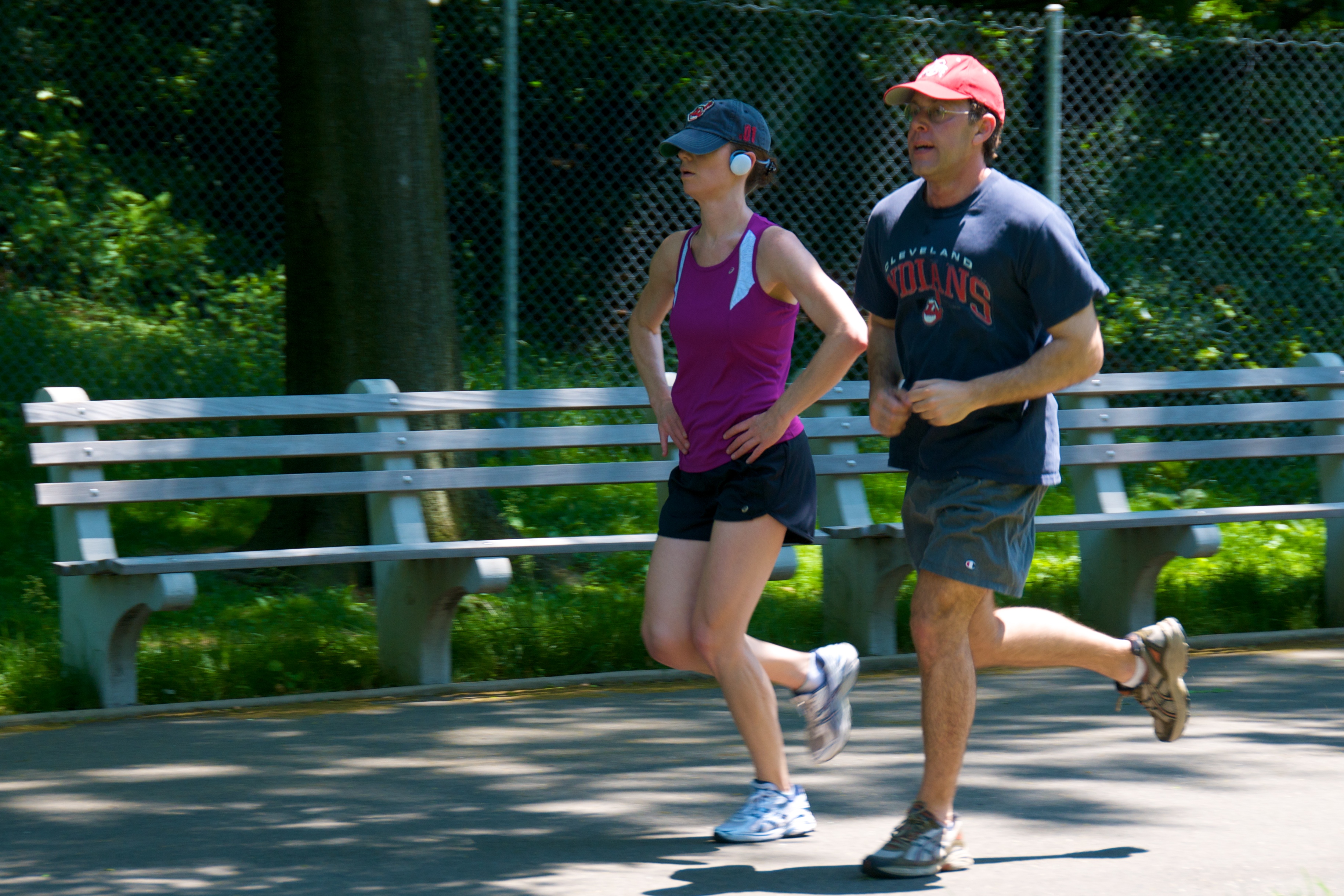Using the power of choice and flexibility of neural connections to achieve well-being, lesson from Dr. Korb
By Irene Trung
The tuning of neural circuits depends on the genetics of the individual, childhood, and current experiences. Although we cannot select our genes and may have little control over our early experiences, we still have power in influencing our mental health. For example, we can exert influence on our present circumstances. Exercise is one activity that benefits our well-being.
Exercise lowers stress
Exercise helps protect ourselves from the harmful effects of stress. University students who take part in a physical activity such as running or swimming see the biological benefits of exercise in the form of an offset of the impacts of negative stress during exam preparation. Physical activity also has a healing ability, as demonstrated by a study on patients with clinical depression1. Exercise is linked to their improvement in mood and decreased depressive symptoms. Compared to men who lead sedentary lives, joggers feel less depressed and have lower stress, less cortisol, and more beta-endorphins2. Strength training and aerobics are naturally powerful antidepressants that also improve self-esteem.
Exercise enhances sleep
Individuals who exercise experience fewer sleep problems. After exercise, older adults with insomnia report a higher quality of sleep and even life. The benefits do not end here; sleep improves the functions of the prefrontal cortex (for example, problem-solving and decision-making), cognition, memory, and immunity. The relationship is causal – neurons in the frontal cortex function less well if we stay awake for 24 hours. During sleep, channels around the blood vessels open and cerebrospinal fluid clears the waste byproducts of metabolism. Adequate sleep also reduces the reward response to delicious, but unhealthy food such as sweets, chips, &c. On the other hand, disrupted sleep inhibits the impulse control of the orbitofrontal cortex and activates the right insula at the sight of unhealthy food, which becomes more tempting.
Exercise benefits the brain
Physical activity, even one as short as cycling for fifteen minutes, increases activity in the prefrontal cortex and circuits responsible for emotional control. A 2008 study in which smokers stop smoking for 24 hours showed the powerful influence of exercise on the habit loop3. If they exercise during the time interval, their desire to smoke diminishes as physical activity helps the striatum control impulses. In other words, exercise alters the dopamine system in the dorsal striatum, which then allows the smokers to control their urge to pick up the cigarette.
Yoga helps treat many clinically depressed individuals who do not benefit from medication. The socialisation and stretches associated with this form of exercise have positive impacts on the brain, including a rise in serotonin. Furthermore, yoga changes muscle tension, mood, and breathing. The change in breathing pattern can reduce stress and foster enjoyable emotions. Muscle relaxation can also decrease the sense of stress. Finally, yoga significantly increases the primary inhibitory neurotransmitter gamma-aminobutyric acid (GABA), which lowers anxiety, in some individuals.
Good choices in actions can positively change the chemistry of our brain circuits. There is hope for a positive difference achieved through exercise.
Sources & References
1 Craft, L.L. and Perna, F.M., 2004. The benefits of exercise for the clinically depressed. Primary care companion to the Journal of clinical psychiatry, 6(3), p.104.
2 Herb Joiner-Bey, Joseph E. Pizzorno, and Michael T. Murray, The Clinician’s Handbook of Natural Medicine (Elsevier Health Sciences, 2015).
3 Van Rensburg, K.J., Taylor, A., Hodgson, T. and Benattayallah, A., 2009. Acute exercise modulates cigarette cravings and brain activation in response to smoking-related images: an fMRI study. Psychopharmacology, 203(3), p.589
Title Image by Ed Yourdon https://commons.wikimedia.org/wiki/File:Jogging_couple.jpg (Made available under the Creative Commons Attribution-Share Alike 2.0 Generic license.)





